Skin Care
Your Skin Can Indicate Rise In Cholesterol! Know How
4 min read
By Apollo 24|7, Published on - 22 August 2022, Updated on - 15 December 2022
Share this article
0
7 likes
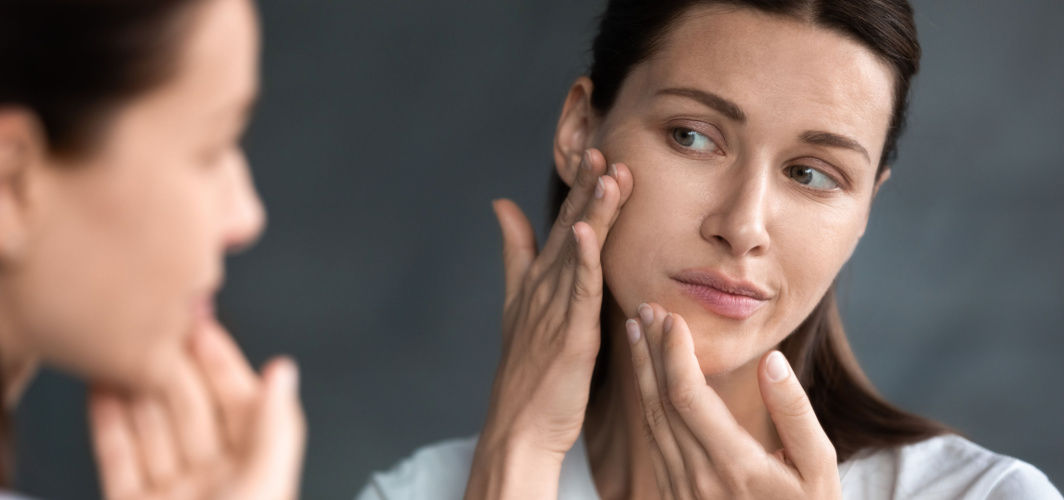
Your body needs cholesterol! Yes, you read that right! Cholesterol is a fat produced by the liver to carry out various functions such as the formation of cell structures, sex hormones, and vitamin D. However, due to the consumption of processed and oily foods, excess cholesterol starts depositing in the body. This excessive amount of cholesterol flowing in the blood can accumulate as plaque in the arteries, making them smaller and restricting blood flow to the heart. Restricted blood flow can result in heart disease, a heart attack, or stroke.
Unless it causes any damage, high cholesterol does not exhibit any symptoms. This means that until a doctor checks your blood for it, you might not be aware that you have high cholesterol. But worry no more, here are some signs of high cholesterol that can be visible on the skin.
How does elevated cholesterol affect the skin?
Excessive cholesterol in the blood starts depositing under the skin and may appear as fat-filled orangish or yellowish pimples.
Additionally, cholesterol can obstruct capillaries (small blood vessels that provide oxygen to the skin), thereby changing the colour of the skin. Too much cholesterol can also aggravate skin problems like psoriasis and develop skin ulcers.
5 Signs of high cholesterol on the skin
Skin issues might be a crucial indicator that you need to control your cholesterol levels. Some of the most common signs of cholesterol include:
1. Waxy, yellow-orange growth on the eyelids and skin
Yellowish-orange growth on the skin and eyes may indicate excess cholesterol in the body. These non-painful deposits can develop at the lines of your palms, the backs of your lower thighs, and the corners of your eyes. If the growth does not go away even after cholesterol treatment or grows larger in size, consult a dermatologist.
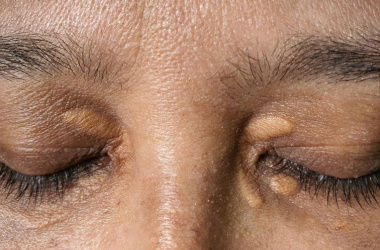
2. A netting-like pattern on your skin in blue or purple
Cholesterol embolization syndrome, a condition that develops when tiny arteries are blocked, can appear as a net-like pattern on the skin. It is important to consult a doctor at this stage as it may damage tissues and organs permanently.
3. The blue or purple hue on your skin
This could be a sign of a blocked blood artery. Your skin may become blue or purple when you're very chilly. However, if your skin gets blue without being exposed to a cold environment, it may be an indication of a lack of oxygen-rich blood in that body part. A condition called toe syndrome, a disorder that develops when one or more blood arteries are blocked due to cholesterol plaques, can make your toes look bluish-black. Without treatment, the skin and underlying tissue may eventually die.
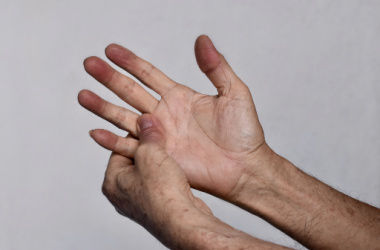
4. Lumps that emerge in clusters on your skin abruptly
Eruptive xanthoma, a condition causing sudden accumulation of fatty cholesterol deposits, can appear on the skin as tiny pimples that may resemble a rash or warts. These lumps are fatty cholesterol deposits that occur due to abnormally high triglyceride levels in the blood.
When to seek medical help?
High cholesterol can result in two potentially fatal illnesses; heart disease and stroke. One should get their cholesterol levels checked frequently irrespective of any signs. The Centres for Disease Control and Prevention (CDC) recommends cholesterol testing should begin at the age of 20 and then every five years. More frequent cholesterol testing should be done by people who have cardiovascular disease or its risk factors such as obesity, smoking, or a family history of heart diseases.
How can I reduce my cholesterol?
Tips that may help reduce cholesterol in the body include:
- Eating low-fat, unprocessed foods
- Exercising for at least 30 minutes every day
- Quitting smoking (if you do)
- Losing weight if you are obese or overweight
- Getting cholesterol levels checked every 6 months
Millions of individuals worldwide suffer from high cholesterol, many of whom are unaware of its consequences. If you observe yellowish lumps, patches around your eyes, or mild to severe skin discolourations, you could be having high cholesterol in your body. Therefore, it's crucial to consult a doctor and modify your lifestyle to keep yourself healthy. To know more,
Consult an Apollo Dermatologist
Medically reviewed by Dr Sonia Bhatt.
Skin Care
Leave Comment
Recommended for you

Skin Care
How To Take Care Of Your Skin Before And After Holi?
Holi is a vibrant festival of colours, however, some of the toxic Holi colours can result in skin irritation and infections. Therefore, it is necessary to take care of your skin before and after the festival to avoid any skin issues.
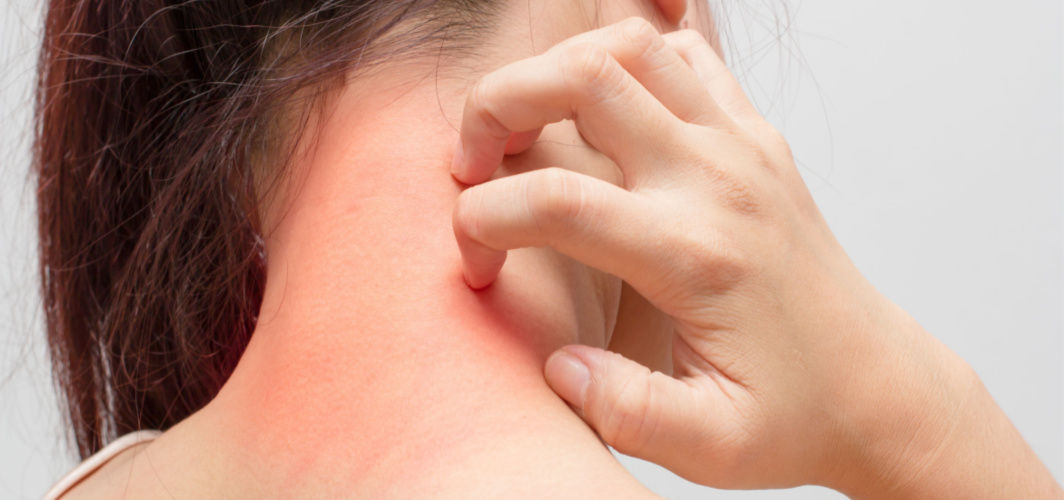
Skin Care
Worried If Your Skin Allergy Is Something Serious? Here Are Things You Should Know!
The onset of symptoms might occur immediately after being exposed to allergens. However, there are many ways through which you can prevent these allergies.
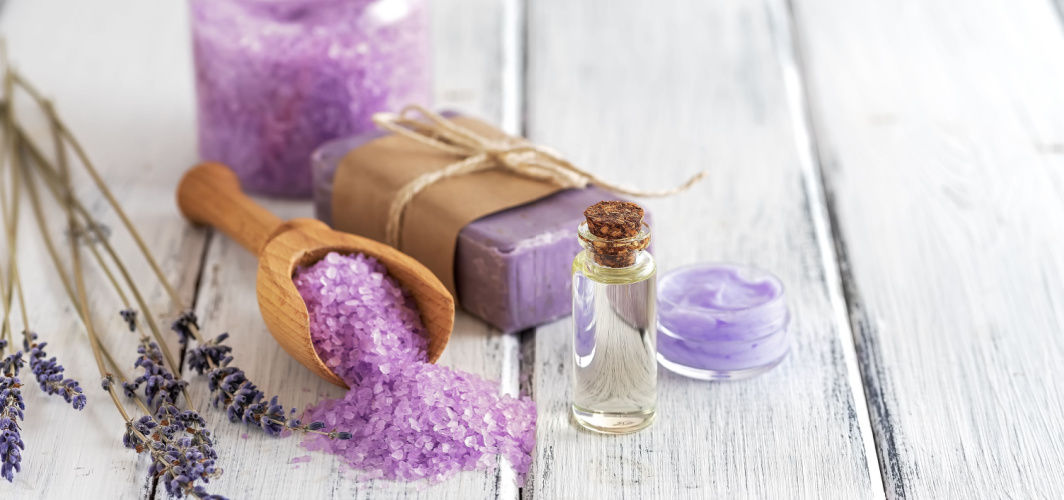
Skin Care
Going For A Bath? Try These Ingredients To Keep Skin Problems At Bay!
Your everyday bathing routine is extremely essential to maintain skin health. To keep skin problems at bay you can add a few beneficial ingredients to your bath water every day. Read on to find out more.
Subscribe
Sign up for our free Health Library Daily Newsletter
Get doctor-approved health tips, news, and more.
Recommended for you

Skin Care
How To Take Care Of Your Skin Before And After Holi?
Holi is a vibrant festival of colours, however, some of the toxic Holi colours can result in skin irritation and infections. Therefore, it is necessary to take care of your skin before and after the festival to avoid any skin issues.

Skin Care
Worried If Your Skin Allergy Is Something Serious? Here Are Things You Should Know!
The onset of symptoms might occur immediately after being exposed to allergens. However, there are many ways through which you can prevent these allergies.

Skin Care
Going For A Bath? Try These Ingredients To Keep Skin Problems At Bay!
Your everyday bathing routine is extremely essential to maintain skin health. To keep skin problems at bay you can add a few beneficial ingredients to your bath water every day. Read on to find out more.